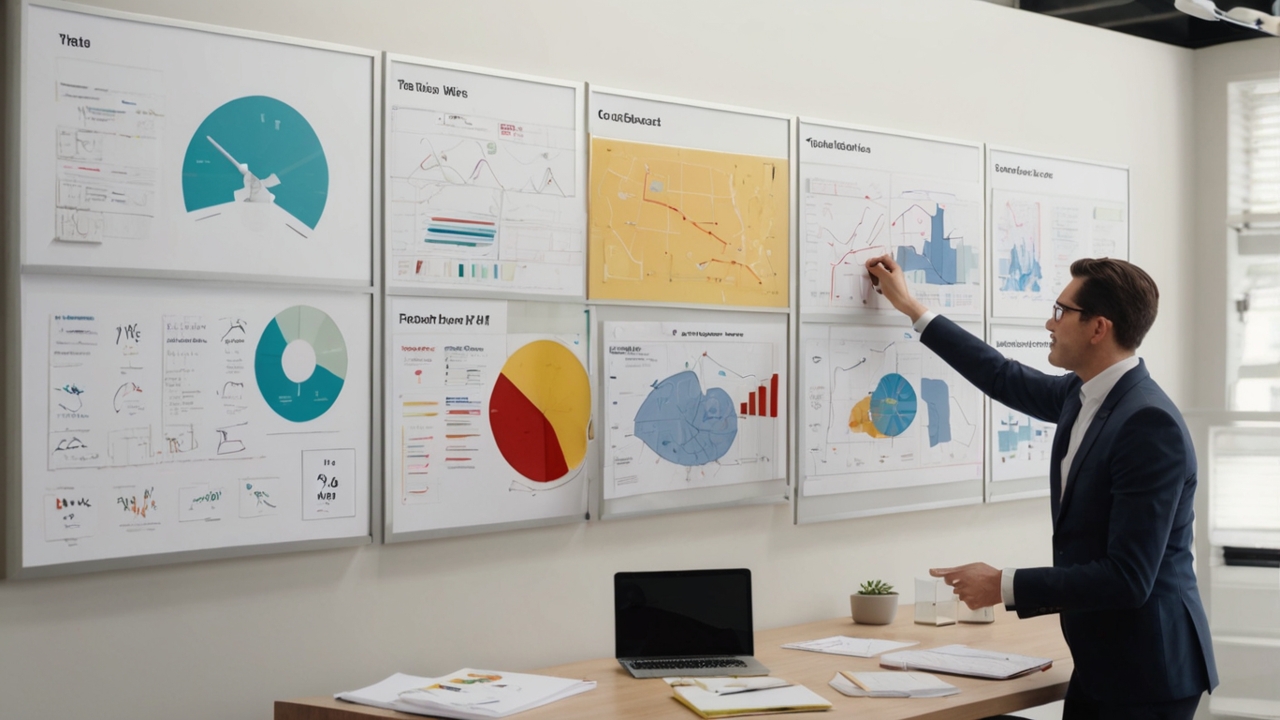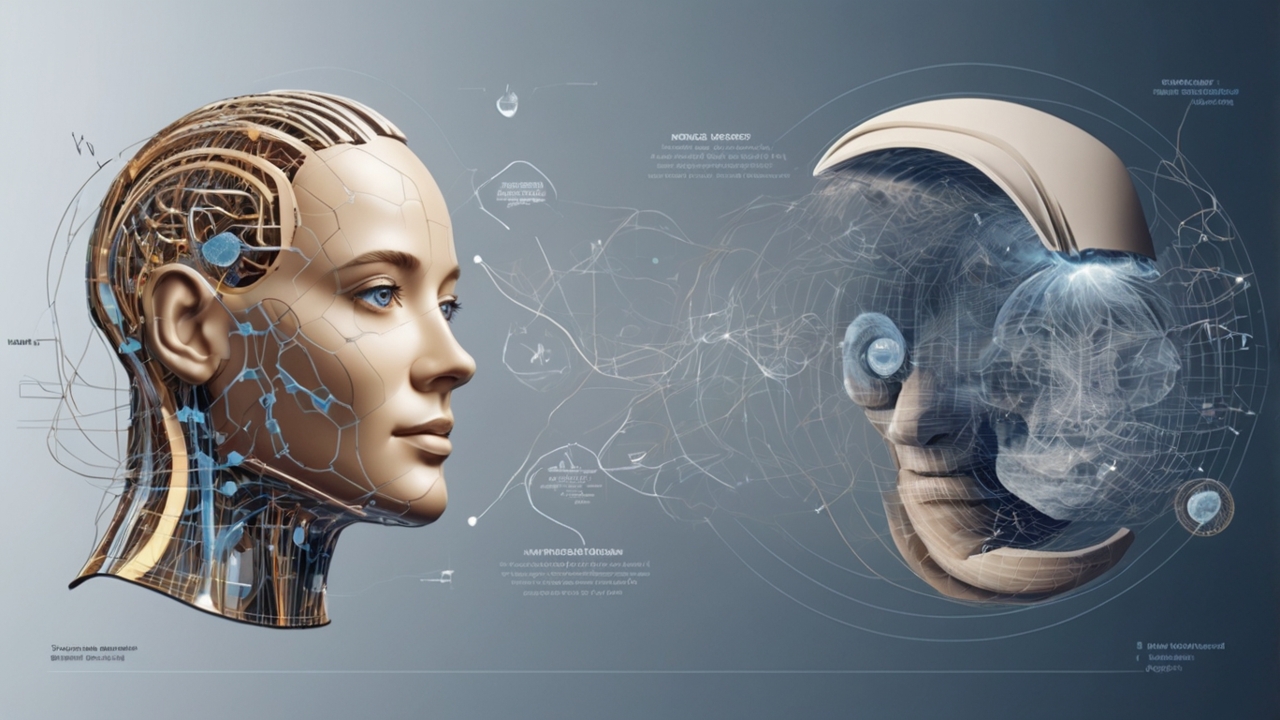Mayumiotero – The world of digital technology is rapidly changing. Visual search engine are becoming a key part of this transformation. Traditional search engines, like Google, are text-based, where users input keywords to find information. However, visual search engines allow users to search using images instead of text. This offers a more intuitive experience. It also makes search more seamless. This shift is revolutionizing how we interact with the web. Visual search uses advanced technologies, including artificial intelligence (AI), to recognize and analyze images. As AI evolves, visual search engines are becoming smarter and more adaptable.
How Visual Search Works
Visual search engines use image recognition technology to analyze images. They identify objects within the images and return relevant search results. The system analyzes visual elements, such as color, shape, and texture, to determine what the image depicts. It then provides results based on the visual content. Unlike traditional search engines, which use text queries, visual search allows users to search directly with images. AI-driven advancements are continuously improving these systems, making them more efficient over time. As technology advances, the accuracy and speed of visual search engines will keep increasing.
“Also read: Mindful Hustle: Balancing Productivity and Mental Health“
The Rise of Visual Search in E-commerce
One of the key areas where visual search is gaining traction is in e-commerce. As online shopping continues to evolve, users are demanding more intuitive and seamless shopping experiences. Visual search allows customers to upload an image of a product they like and instantly find similar items available for purchase. This feature is especially useful when users don’t know the exact name of a product but have a visual reference. Retail giants like Amazon and Pinterest have already integrated visual search features, and Google has also introduced visual search tools, making shopping easier and more efficient for consumers.
The Role of Artificial Intelligence in Visual Search
Artificial intelligence (AI) plays a crucial role in the development of visual search engines. AI algorithms help analyze and categorize visual data, making it possible for the search engine to recognize images accurately. With machine learning, the system learns to identify objects more effectively over time, improving the accuracy of the search results. For instance, Google’s Google Lens leverages AI to recognize objects, landmarks, animals, and even text within images, providing a more sophisticated way to search for information beyond traditional text-based methods. As AI technology advances, visual search engines are expected to become even more reliable and precise.
Benefits of Visual Search for Users
The benefits of visual search are clear, particularly for users who prefer to use images instead of words when searching for products, ideas, or information. For instance, if you spot a pair of shoes you like while walking down the street but don’t know where to buy them, a visual search engine can help you find that exact pair (or similar options) by uploading a picture of it. Visual search is also helpful in scenarios where text-based searches fail to capture the nuances of what users are looking for. It makes the search process faster, easier, and more intuitive.
Visual Search and Its Impact on SEO
As visual search becomes more prevalent, it will have a significant impact on SEO (Search Engine Optimization). Traditional SEO practices focused on optimizing content with keywords and text-based queries. However, with visual search gaining importance, businesses and marketers will need to adapt their strategies. Optimizing images for search engines will become a key component of SEO, as image alt-text, file names, and image quality will influence the visibility of products or content in visual search results. Brands will need to invest in high-quality images and ensure their content is discoverable via visual search platforms.
The Future of Google Search and Beyond
Looking ahead, visual search is expected to become an integral part of Google’s broader search capabilities. As more users demand faster, more personalized search experiences, incorporating visual search into everyday browsing will be essential. Google, already incorporating image recognition tools like Google Lens, is likely to continue advancing these features to meet evolving consumer needs. The integration of augmented reality (AR) and virtual reality (VR) with visual search could further enhance the user experience, providing even more interactive and immersive search results. Ultimately, the future of search engines will be driven by a combination of AI, machine learning, and visual search technologies that cater to users’ growing demands for smarter and more intuitive search capabilities.
Visual Search as the Next Step in Search Evolution
Visual search engines are set to redefine how we search for information online. As AI and image recognition technologies continue to evolve, the ability to search using images will become more accurate and accessible. For businesses, integrating visual search into their marketing strategies will be crucial to staying competitive. With the rise of e-commerce, visual search is already playing a significant role in enhancing the shopping experience, and it is only a matter of time before this technology becomes mainstream. The future of search is no longer just about typing words into a search bar; it’s about making search more intuitive and engaging by incorporating visual elements.



